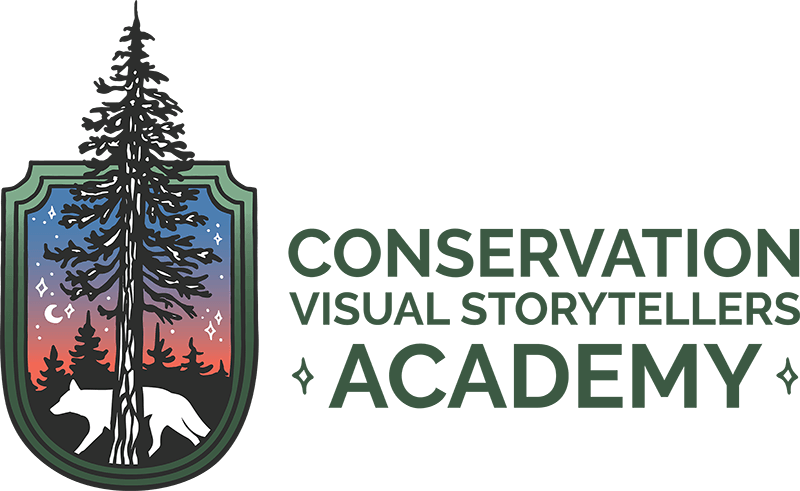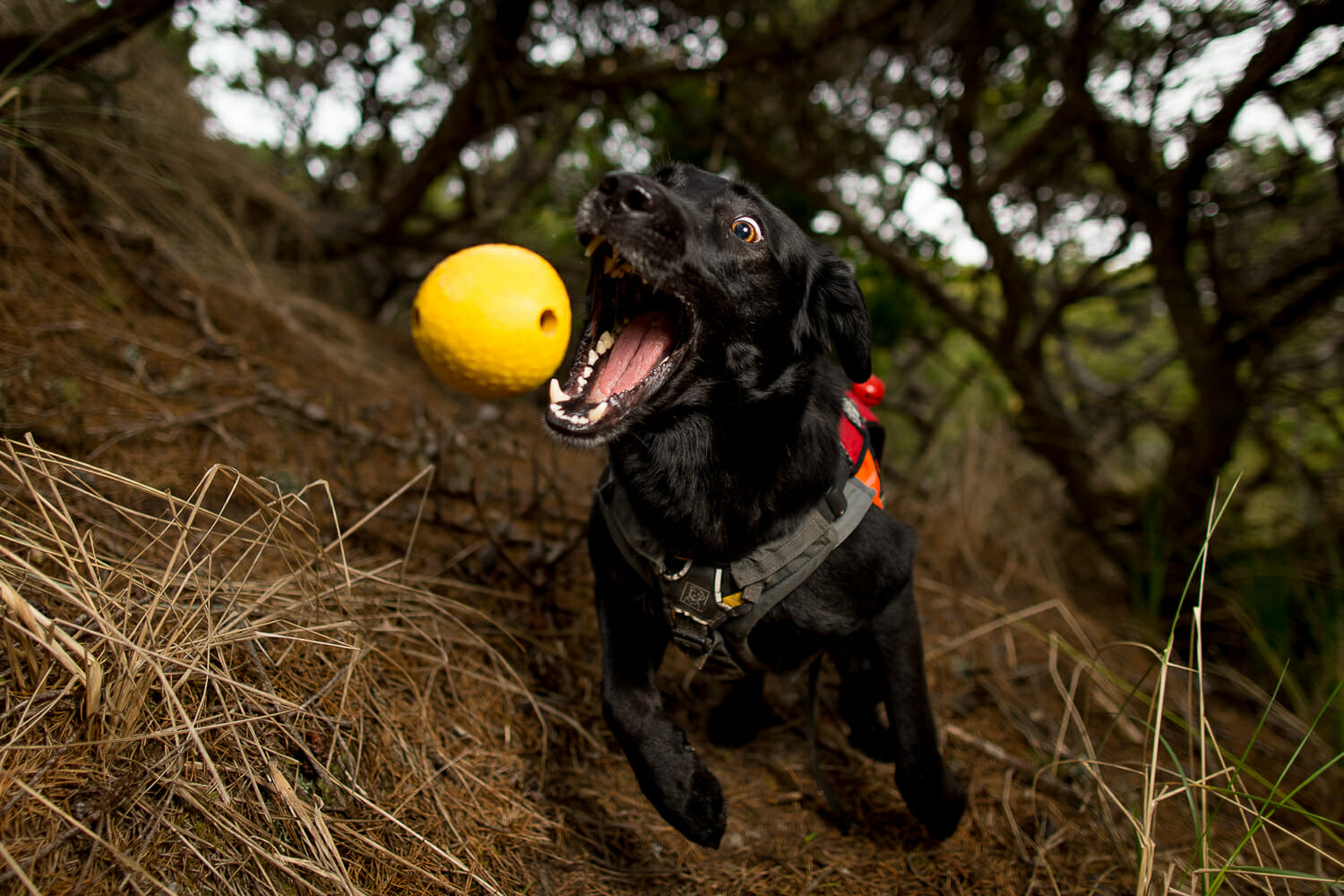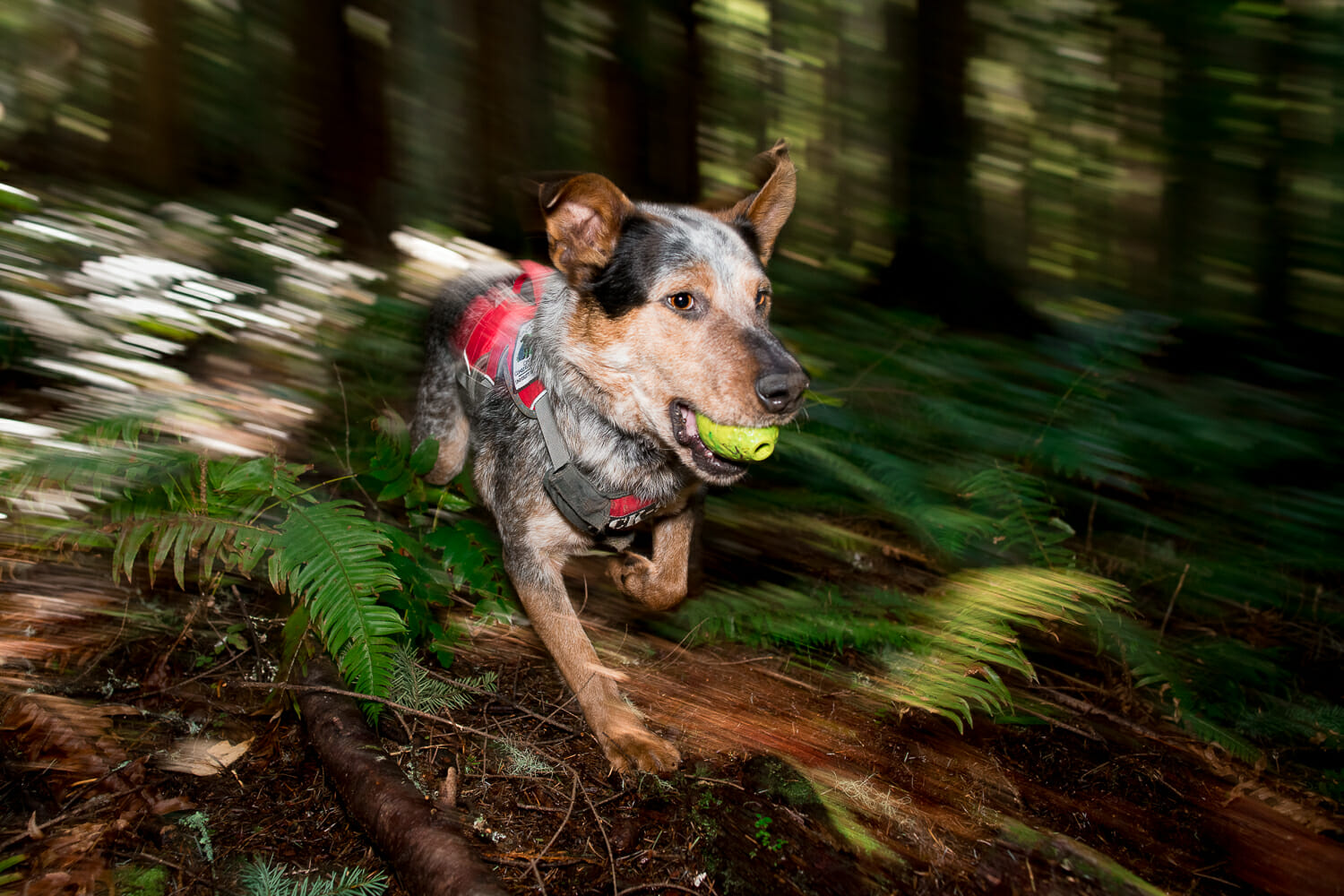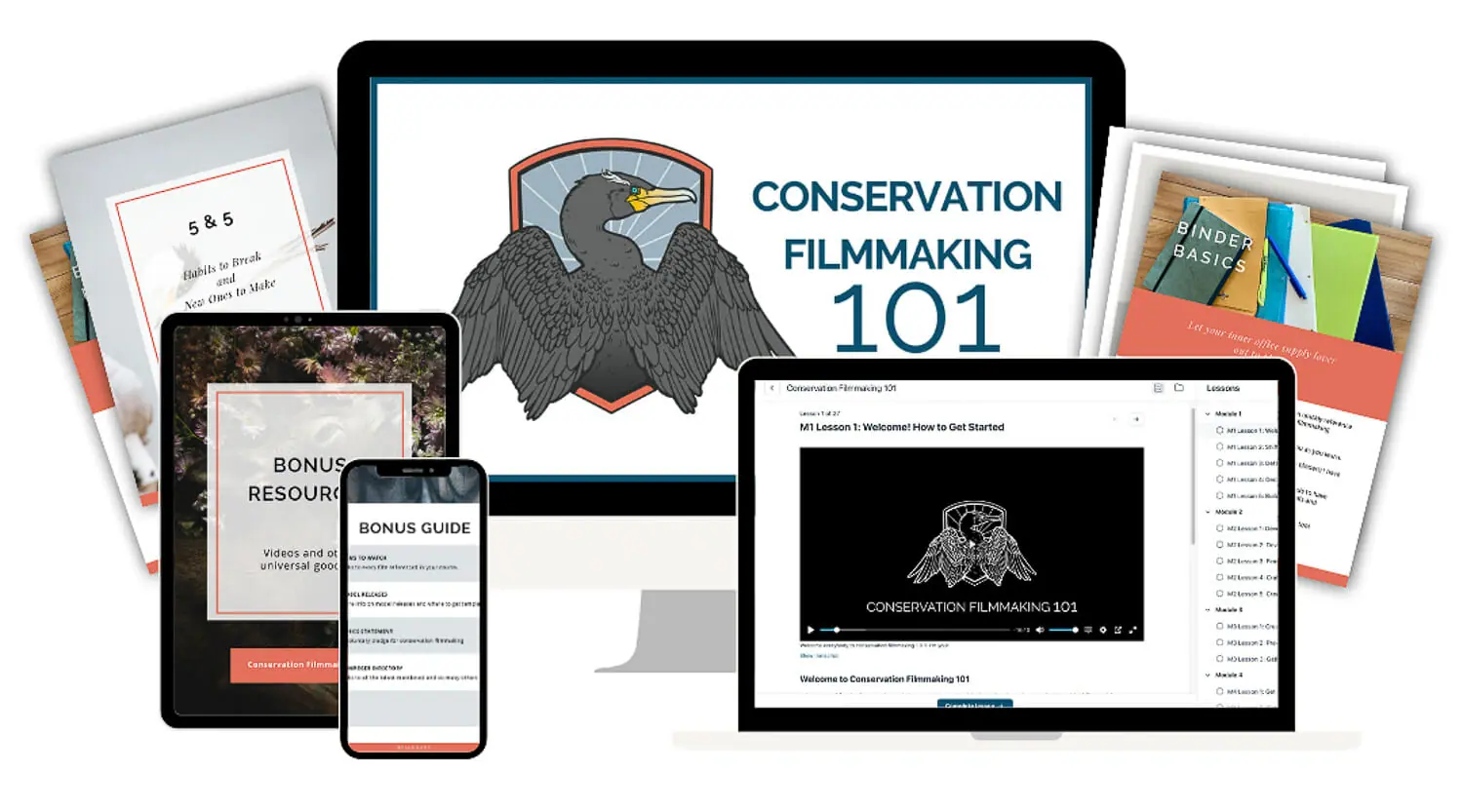Conservation photography is an invaluable way to document our changing environment – giving insight into the challenges we face while helping raise awareness and inspire change toward protecting the natural world.
As a conservation photographer, one of the most effective ways to maximize this impact is by collaborating with nonprofits with whom you share common goals. This type of partnership allows you to leverage their expertise, network of stakeholders, and visibility to amplify the influence of your work and create meaningful change within your community.
In this article, we’ll show you how to find and successfully collaborate with local nonprofits.
From researching potential partners to making connections, all the way to creating compelling images that help your nonprofit capture the hearts of community members, these steps will help set you on a path to success.
When I first began conservation photography, I discovered an organization just up the coast from me. They adopt shelter dogs and train them to detect scat for science. I knew right away I wanted to work with the team – now named Rogue Detection Teams – and help them through photography.
Step 1: Research nonprofits in your area
Once you’ve identified organizations that appeal to you, research each to determine which ones best align with your values and goals. Look for information on the nonprofit’s operations, achievements, values, and objectives so you can begin to identify opportunities for collaboration.
To get to know them, attend community meetings, volunteer events, or any other happenings hosted by the organizations you’re interested in so you can more deeply connect with their representatives and community members also in attendance.
These events are great opportunities to meet people, gather information, and learn more about the organizations’ efforts. By learning about their mission and current projects, you can better understand how your skills and interests may support their goals and vice versa.
Finding a nonprofit that aligns with your sentiments and desires can enhance your partnership, deepen your commitment to conservation photography, and contribute to meaningful change in your community.
Before you dive in, spend some time volunteering with an organization to be sure you align with your energy, ethics and values. Once I met with the folks at Rogue Dogs, I knew we would get along wonderfully, both as collaborators and as friends. It was time to get to work!
Step 2: Start volunteering
After exploring the nonprofits in your community and finding those that resonate most with you, go deep with your research by volunteering.
Volunteering is an excellent way for conservation photographers to learn about the organization intimately, get involved with like-minded people, build professional relationships, evaluate the organization’s culture, and create an avenue to demonstrate your capabilities.
By becoming well-acquainted with the organization’s volunteers, employees, and leaders, you’ll gain more insight into their operations and create lasting professional relationships. This helps you build valuable relationships with the people in the nonprofit, and enables you to more intimately evaluate the culture within the organization, learning how they work and establishing potential areas of shared values that can help inform collaboration strategies down the road.
Recommended: Check out episode 47 on the Impact podcast How to Be a Better Volunteer with These 7 Business Mindset Strategies for more about setting yourself (and your nonprofit!) up for a successful collaboration.
When deciding which organizations to consider deeper future collaborations with, it’s essential to determine which ones align most with your values and approach to conservation.
Spend time with a few of your top choices and get a feel for their mission, team, and community outreach.
Ultimately, the goal is to find a nonprofit where you feel at home and see the potential to make a meaningful impact through conservation photography.
I started with the organization by helping to create and launch a calendar fundraiser campaign. Through this effort I could offer something of value for gaining more than just funds, but also community support and media publicity.
Step 3: Think about what you can offer
Consider your strengths as a photographer – this could be storytelling, producing high-quality images, or working with relevant communities.
Identify the areas within the nonprofit’s objectives where you can add value and how your partnership could address conservation challenges in the community.
There are several ways for you to partner with a nonprofit, including:
- Photographing the organization’s environmental projects, events, and initiatives
- Creating photo essays, visual stories, or multimedia pieces highlighting environmental issues affecting the community
- Assisting with creating marketing materials, developing campaigns, and offering technical advice on photography equipment and software
- Participating in community events or fundraising efforts, such as organizing a photography exhibition, creating merchandise for sale with photos, or donating a percentage of photography sales to support the nonprofit’s conservation efforts
This is not an exhaustive list by any means. Really get to know the organization and get creative with your ideas for collaboration!
When I pitched the idea to the organization, we figured out a strategy that took the heavy lifting off their shoulders. I did the planning and implementing so all they needed to do was pose for photos. By having open conversations from the start, we figured out each other’s needs and boundaries to pull off a successful and fulfilling campaign.
Step 4: Conversations on collaborating
By doing so, you can better understand their needs and explore how your conservation photography skills can be utilized to assist them in those areas.
Ask where they need help and carefully listen to the organization’s response to identify the areas where you can add the most value as a conservation photographer.
Get creative in considering how visual storytelling can help in those areas.
Clarity upfront helps ensure the project will succeed, and you’ll set yourself up for future collaborations. So during the discussions, ensure you’re specific about the tasks or roles you wish to engage in and what you don’t want to take on.
(For instance, you may be game to help create a calendar fundraiser but not want to photograph their events.)
The perfect partnership is a balance, and being open from the start establishes trust and clear expectations for everyone. It also sets up an important pattern for comfortable, honest communication.
Successful partnerships involve regular meetings, open communication, and ongoing feedback throughout the project – so be prepared for plenty of chats!
It’s easy for enthusiasm to get the better of everyone and a project can grow to the point of being overwhelming. Get clear on your boundaries, including what you do and don’t want to do, and what you realistically have time to accomplish for the organization. This strategy helped us stay strategic and focused on just the calendar fundraiser, no matter how inspired we were!
Step 5: Set the project boundaries
This involves identifying the specific goals and outcomes of the project, determining the activities that will be required, and defining the roles and responsibilities of both you and the nonprofit.
Establishing a clear scope of work upfront will ensure that both parties understand the expectations and responsibilities of the collaboration.
Once you’ve established the scope of work, setting clear and measurable objectives for your collaboration with the nonprofit is the next step. These objectives should align with the project’s desired outcomes and be achievable within the project timeline.
Setting clear objectives helps to keep everyone motivated, focused, and on track.
Consider the needs and goals of the nonprofit, the subjects of your conservation photography work, the platforms where the project’s output will be disseminated, and potential roadblocks you may encounter.
This process will include the creation of a licensing agreement that will ensure that both parties involved are on the same page regarding the use of photos.
The agreement should include parameters on the quantity and frequency of photo usage, the duration of use, and image quality requirements, as well as any restrictions on photo alterations or use in products that contravene the values and vision of the conservation photographer.
There’s also value in including clarification on intellectual property rights, liability, and compensation for any photo usage outside the scope of the agreement.
Clear boundaries and licensing agreements ensure the preservation of conservation photographers’ valuable intellectual property rights while allowing the nonprofit to use the photographs for their intended purposes without potential legal repercussions.
Over the course of four calendar fundraisers, we raised more than $20,000 for the organization. Not only that, but my volunteer work led to paid opportunities, including licensing images, publication in magazines, commercial photo shoots, and more. Best of all, I made wonderful long-lasting friendships with people I deeply admire.
Step 6: Create a project work plan and get started
We all know conservation photography is an incredible tool to raise awareness about environmental issues. But to create a successful conservation visual storytelling project, you need to have a well-crafted work plan in place.
Start by identifying specific tasks that need to be completed, from scouting the location to developing a shot list.
To ensure that your images tell a story, it is crucial to research the area and its history and speak with experts and locals. This will enable you to incorporate more depth into your images.
Remember to keep your goals in mind and track your progress. Creating a detailed work plan will allow you to stay organized and focused on achieving a successful outcome. With a bit of planning and hard work, you can create a compelling conservation photography project that will make a real impact.
One more thing! As you progress through the project, document your work by taking photos and videos.
Documenting your work is not only a great way to showcase your techniques, but it can also make a huge impact on the cause itself.
By taking photos and videos at each stage of the project, you can create content that can be used down the road as promotional content used on the nonprofit’s website or in newsletters, or shared on social media to help spread the word and help raise awareness about the cause.
Time to get started!
Collaborating with a nonprofit organization can be a fulfilling experience, both personally and professionally.
From gaining direct hands-on experience to building meaningful relationships with like-minded folks, these collaborations provide powerful opportunities to contribute to the environmental issues that matter.
Going into the partnership, it’s essential to know the skills you have to offer, the available resources, and the organization’s larger goals.
Establish clear goals and expectations from the beginning, keep communication lines open, and be receptive to feedback.
Now find your P.I.C. – partner in collaboration – and get ready to make a difference!














